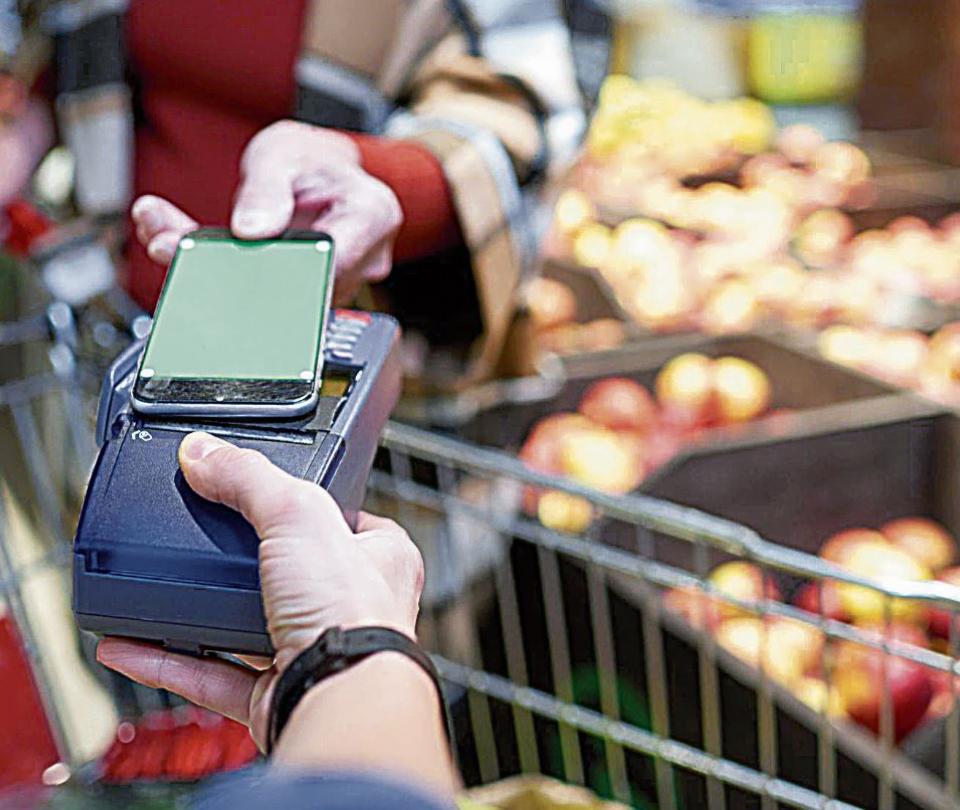After registration was open between August 5 and 17 for digital payment operators in Colombia to be part of the groups that will participate in the definition of the design of the Immediate Payment System (SPI), promoted by the Banco de la República, from today the practical start is given to the process.
(Read: Houses in Providencia are worth more than $640 million, confirmed the consortium).
The plan was announced last Wednesday at the Banking Convention by Leonardo Villar, general manager of Banco de la República, who said that the decision was made to “move towards the development of an immediate, safe and efficient digital transfer system that is fully interoperable with everyone and contributes to competitivenessd” of the markets and the development of the country.
He said that “despite the arrival of new players and solutions on the market, there are access restrictions and a lack of full interoperability that erodes the potential of new alternatives. Low-value electronic wallets or deposits, for example, have a high potential for disruption and today number 40 million. This large number can be read as a great success in the development of wallets, but it also reflects the fact that, due to their lack of interoperability, many people must have several wallets, and even then they cannot make transfers to accounts of any entity. which generates significant inefficiencies.
He pointed out that the development of these instruments in Colombia has focused mainly on payments between people, without including the possibility of paying businesses in this way, which reduces its ability to generate competition and faster instant payments.
In Brazil, where there is an important development of this market, the central bank promoted the PIX immediate payment system.
The participants of the payment system in Colombia will be convened through working groups where they will analyze the challenges and alternatives to implement the SPI. A work agenda will be drawn up and it is expected that by the end of November a complete diagnosis will be made and a prioritization document will be issued in December.
The axes of the SPI
The Banco de la República defined six guidelines for the SPI.
The first is that it must have broad access, offering access to all system participants, under uniform and transparent rules.
It must be interoperable to all participants with the various payment instruments that use electronic transfers. Likewise, it must bring innovation to the last mile, to encourage entities to improve convenience for the user and expand the offer of use cases.
(Also: Energy transition would be consolidated in two decades, according to an expert).
As for immediacy, the clearing and settlement of the payment is in real time, 7 days a week and 24 hours a day.
In addition, that it has the characteristic of being cost efficient, taking advantage of the economies of scale and the network effects of a unified platform.
And that it be safe, to guarantee the robustness of the platform and the connections.
Juan Carlos Mora, president of Bancolombia, said that in the case of Nequi, it has, through Transfiyá, the possibility of being interoperable with any digital wallet or purse and considered it positive that the Banco de la República proposes that the central nucleus of the interoperability of the proposed system is in the settlement and compensation of payments.
The manager says that the system has to evolve and if the central bank does not “it will intervene until the so-called last mile, which in the case of Nequi is Transfiyá and as a development of ACH.”
For his part, Erick Rincón, director of the TicTank Group of the Universidad del Rosario and former president of Colombia Fintech, says that the SPI would align the development of the regulation of the payment scheme with other international practices such as PIX in Brazil and CoDi in Mexico. Thus, Rincon said, the different interest groups will build the immediate payment model in Colombia.
BRIEFCASE






![[Img #74683]](https://thelatestnews.world/wp-content/uploads/2024/12/The-main-mistakes-to-avoid-when-betting-on-electronic-sports-150x150.jpg)









Add Comment